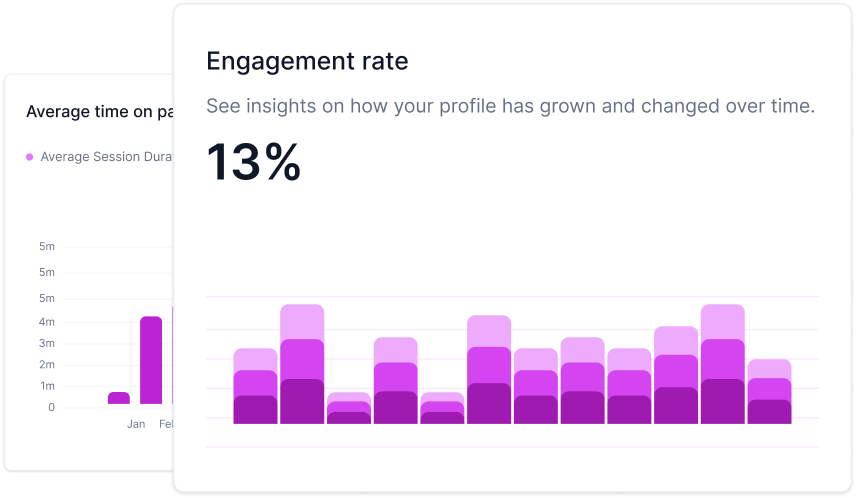What is the Above the Fold?
"Above the fold" is a term used in web design and digital marketing to refer to the content or elements of a webpage that are visible to users without the need to scroll down. It represents the part of a webpage that first appears when the page loads in a browser, typically viewed on a computer screen without scrolling.
In the dynamic world of web design and digital marketing, the term "above the fold" carries significant weight. It's a concept that can make or break a visitor's first impression of your website. In this article, we'll explore what "above the fold" means, why it's crucial, best practices for optimizing it, and how to ensure it's responsive across devices.
What Is "Above the Fold" and Why Does It Matter?
"Above the fold" is a term borrowed from the world of print newspapers, referring to the content that's visible to readers without the need to unfold or scroll down. In the digital realm, it signifies the portion of a webpage that's immediately visible to users when they first land on your site, without having to scroll.
Why does this matter? Here's why "above the fold" content is so important:
- First Impressions: Like the front page of a newspaper, what users see without scrolling is their first impression of your website. It's your digital storefront. If it doesn't captivate their interest, they may leave without exploring further.
- User Engagement: Content that's "above the fold" is where you can hook your visitors. Engaging headlines, compelling visuals, and a clear call to action can encourage users to explore the rest of your site.
- Loading Speed: What appears above the fold typically loads first. If it's too heavy or slow, users might get impatient and leave.
- SEO Benefits: Search engines, like Google, often take into account what's above the fold when ranking webpages. It's part of their assessment of a website's user-friendliness.
Best Practices for Optimizing "Above the Fold" Content
To make the most of the "above the fold" space, consider these best practices:
- Clarity and Relevance: Ensure that the content "above the fold" is immediately clear and relevant to your site's purpose. Users should understand what your website is about and what value it offers.
- Engaging Headlines: Craft attention-grabbing headlines or titles that pique curiosity. They should provide a compelling reason for users to continue reading or exploring.
- Visually Appealing: Use high-quality images or visuals that are aesthetically pleasing and relevant. Visuals should complement your content and convey your message effectively.
- Call to Action (CTA): Include a prominent and action-oriented CTA that guides users on what to do next. Whether it's signing up, making a purchase, or exploring further, the CTA should be clear and enticing.
- Mobile Responsiveness: Given the prevalence of mobile browsing, ensure that your "above the fold" content is responsive and looks just as appealing on small screens as it does on desktops.
Ensuring Responsiveness and Compatibility
In today's digital landscape, where users access websites on an array of devices, ensuring the responsiveness and compatibility of your "above the fold" content is paramount. Here's how to do it effectively:
- Mobile-First Approach: Design your website with mobile users in mind. Start by creating a layout that works seamlessly on smaller screens, and then adapt it for larger displays.
- Test Across Devices: Regularly test your website's responsiveness on various devices, including smartphones, tablets, and different web browsers. This ensures a consistent and user-friendly experience for all visitors.
- Optimize Images: Compress and optimize images to reduce loading times, particularly on mobile devices with slower connections.
- Use Responsive Design: Implement responsive web design techniques that automatically adjust the layout and content based on the user's device and screen size.
In conclusion, "above the fold" content is your digital storefront, and it plays a crucial role in shaping users' first impressions and engagement with your website. By following best practices for optimization and ensuring mobile responsiveness, you can create a compelling and user-friendly experience that leaves a positive imprint on your visitors and boosts your site's overall performance.

